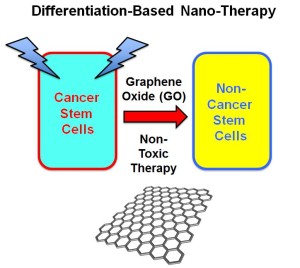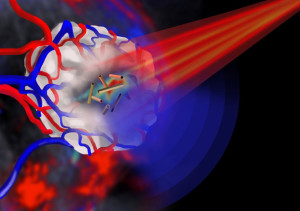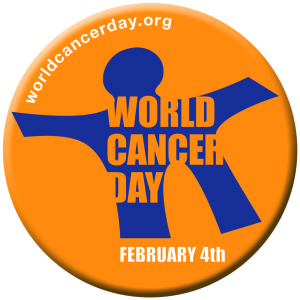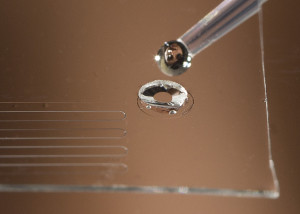Logan Streu, ECS Content Associate & Assistant to the CCO, recently came across this article detailing an electrochemical device’s life saving potential in cancer treatment.
A new electrochemical sensor is paving the way for quick and affordable “liquid biopsies,” opening the possibility of detecting deadly cancer markers in minutes. This new development could help tailor treatments to specific patients and improve the accuracy of initial diagnosis.
Personalized medicine is a huge part of a new, promising future in cancer treatment. With the ability to tailor treatment to each individual tumor, treatments can become more effective and yield less side-effects.
In an effort to get closer to the ultimate goal of tailored cancer treatment, Shana Kelley and her team at the University of Toronto joined forces with a researcher from the Montreal Children’s Hospital in Quebec to develop the new electrochemical super-sensor.





